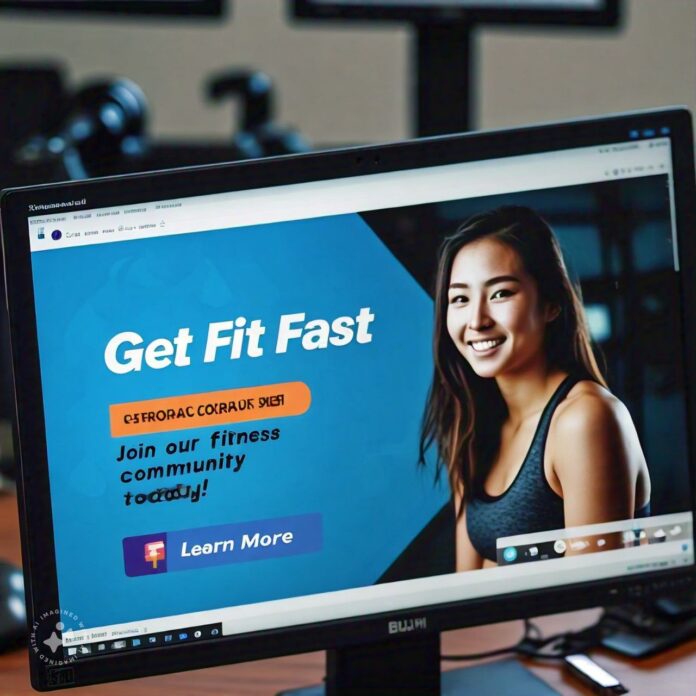Facebook is one of the most influential platforms by which businesses can reach their target audience in the digital age. Notably, over 2.8 billion active monthly users offer ample opportunity for engagement and conversion. However, a proper strategy to running ads on Facebook is necessary for the effective implementation of any advertisement campaign. Here’s an all-around guide, starting with how to create an effective Facebook marketing campaign to maximize the performance of your ad.
1. Define your Objectives Before one sits down to composing ads, defining marketing objectives is extremely important. Do you want to increase brand awareness, drive traffic to a website, generate leads, or boost sales? Known objectives guide the creation of your ads and measure success.
2. Know Your Audience
This is where Facebook shows its strength, as it offers great targeting options so you can target specific demographics, interests, and behaviors. You might want to explore Facebook Audience Insights for a more detailed look of your audience. From there, make detailed buyer personas to let your ads go directly to the right people.
3. Choose the Right Format of Your Ad
Facebook has some amazing ad formats, including image, video ads, carousel ads, slideshow ads, and many more. Let’s select one that best suits the objective and really goes well with the audiences. For example, video ads are great for telling a story, and carousel ads are very nice when there are more than one product from which the benefits are conveyed.

4. Copy and Imagery.
To make an ad persuasive, it needs compelling ad copy and imagery.
But in the quest to grab attention first and then keep it, your ad copy and imagery play even more significant roles. Use only outstandingly high-quality images or videos and write clear, concise, and compelling copy. Letting prospects know what benefits your product or service will bring them also shows them why they need you-and using a CTA that will propel them toward action.
5. Budgeting and Scheduling
Determine the budget and scheduling. The Facebook platform grants you discretion on how to have your ad account spend either a daily or lifetime budget for the ad and the number of days you wish the ad campaign to run. For this end, it shall be acceptable to start with the minimum budget and increase with how the situation may call for in terms of your advertisement.
6. Use Facebook Pixel
Facebook Pixel is an advanced tool where a website owner can track user interaction. The installation of Pixel gives you some important data that will be used in the retargeting of your visitors and also helps you to understand how well your ads are doing.
7. Test and Optimize
Run effective Facebook ads with multiple testing and optimization. Run different creatives, headlines, CTAs, and targeting options to know what works best. Monitor the ad performance regularly and make data-driven adjustments for improvements.

8. Use Custom Audiences
Custom Audiences will allow you to retarget those who have already interacted with your business. You will be allowed to create Custom Audiences using either your customer list, website traffic, or app activity. This will help you in retargeting leads that have a higher probability of converting.
9. Analysis and Report
Use the Facebook Ads Manager to report on how your ad is actually performing. Here, pay attention to reach, engagement, CTR, and conversion rate. This will enable you to create a report on what is working and what isn’t.
Conclusion
Running good Facebook ads requires strategic approaches, continued testing, and optimization. Therefore, a well-structured plan sets clear goals, understands the targeted audience, has chosen a proper ad format, possesses great ad copy and visuals, determines an allocation for budget, uses Facebook Pixel, and applies Custom Audiences. With such, you shall maximize your ads’ performance and those marketing goals.
However,
You will do your best research and beat the curve with regard to staying abreast of the latest trend on best practices for Facebook marketing. We assume no liability whatsoever in respect of loss arising from the use of this guide. For full details of our terms and conditions, click here.


